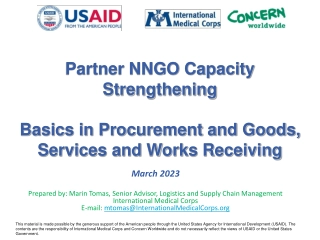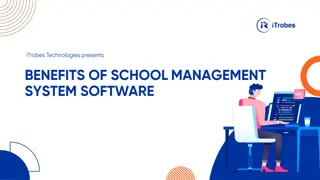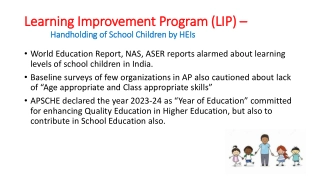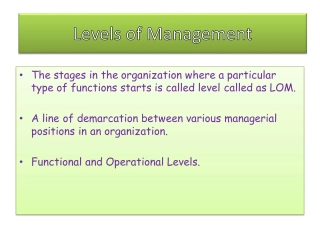Understanding Cleft Lip and Palate: Causes, Effects, and Management
Explore the nature, causes, and challenges associated with cleft lip and palate conditions, affecting 1 in 7 babies worldwide. Learn about the higher prevalence in certain populations and environmental influences during pregnancy. Discover the impact of clefts on speech, resonance, and emotional well-being, along with surgical and social management strategies.
Understanding Cleft Lip and Palate: Causes, Effects, and Management
PowerPoint presentation about 'Understanding Cleft Lip and Palate: Causes, Effects, and Management'. This presentation describes the topic on Explore the nature, causes, and challenges associated with cleft lip and palate conditions, affecting 1 in 7 babies worldwide. Learn about the higher prevalence in certain populations and environmental influences during pregnancy. Discover the impact of clefts on speech, resonance, and emotional well-being, along with surgical and social management strategies.. Download this presentation absolutely free.
Presentation Transcript
CLEFT LIP AND PALATE Chapter 14
Outline I. II. Clefts of the Lip and Alveolar Ridge III. Clefts of the Soft and Hard Palates IV. Challenges Associated with Cleft Lip and Palate V. Surgical Management of Cleft Lip and Palate VI. Assessment VII.Treatment of Speech, Resonance, and Velopharyngeal Dysfunction VIII.Social and Emotional Effects of Cleft Lip and Palate Nature and Causes of Cleft Lip and Palate
I. NATURE AND CAUSES OF CLEFT LIP AND PALATE** Opening in the roof of the mouth Open connection between the oral and nasal cavity World wide, 1 in 7 babies is born with this condition
There is a higher prevalence of cleft palate:** In Latine and Asian populations In countries where mothers cook meals over open fires, smoke exposure can increase the likelihood of cleft palate by almost 50% In developing parts of the world are there resources to help children?
The first trimester of pregnancy is a very vulnerable time for the embryo--it can be affected by:
III. CLEFTS OF THE SOFT AND HARD PALATES** A soft palate cleft can cause hypernasal speech Velopharyngeal insufficiency (VPI) is anatomical condition that prevents adequate velopharyngeal closure velum is too short Velopharyngeal incompetence results from poor movement of the velum
IV. CHALLENGES ASSOCIATED WITH CLEFT LIP AND PALATE** A. Feeding Very difficult and #1 concern Surgery is necessary ASAP Mothers can be trained to use specialized techniques
C. Hyponasality** Reduction in nasal resonance Caused by partial blockage in nasopharynx or posterior entrance to nasal passages (e.g. enlarged adenoids) Affects nasal consonants /m, m, ng/
HypernasalityJones and Bartlett Learning https://www.youtube.com/watch?v=KWz5_fpnZYc
E. Language Delays and Disorders** Reduced expressive language especially The less intelligible the child, the lower the expressive language Shorter, simpler sentences Smaller vocabularies Lower reading skills
F. Speech Sound Disorders** Hypernasality affects intelligibility Hearing problems contribute Children may use glottal stops as a compensatory strategy because they can t build up the intraoral breath pressure for sounds like /p, b, t, d/
The childs horizontal Eustachian tube can prevent proper drainage of middle ear fluid
V. SURGICAL MANAGEMENT OF CLEFT LIP AND PALATE** Multidisciplinary team plastic surgeon, SLP, orthodontist, parents, and others Rule of 10s for primary surgical repair 1-2 hours under general anesthesia; best before 12 months old Baby must be 10 weeks old, weigh at least 10 pounds, and have a hemoglobin count of at least 10 grams Goal: adequate feeding; establish intact division between the oral and nasal cavities
VI. ASSESSMENT A. Ages Birth-4
B. Instrumental Assessment** 1. Videofluroscopy noninvasive Xray procedure that differentiates a short velum from an adequate velum with poor movement 2. Nasopharyngoscopy rubber tube up the nose to allow visualization of velopharyngeal mechanism 3. Speech aerodynamics not on exam 4. Nasometer computerized assessment of oral-nasal resonance balance
VII. TREATMENT OF SPEECH, RESONANCE, AND VELOPHARYNGEAL DYSFUNCTION** A. Introduction Most children with cleft palate will need treatment for speech, language, or both Speech therapy focuses on correct placement of articulators Language therapy is especially important for expressive language
Childrens facial appearance** Is strongly correlated with social acceptance and attractiveness Research shows that children with cleft palate can feel more scared, angry, alone, and sad Children may need special training to handle teasing and to develop good social skills Thankfully, by kindergarten, most will look typical
Outline I. II. Clefts of the Lip and Alveolar Ridge III. Clefts of the Soft and Hard Palates IV. Challenges Associated with Cleft Lip and Palate V. Surgical Management of Cleft Lip and Palate VI. Assessment VII.Treatment of Speech, Resonance, and Velopharyngeal Dysfunction VIII.Social and Emotional Effects of Cleft Lip and Palate Nature and Causes of Cleft Lip and Palate


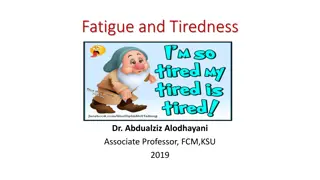

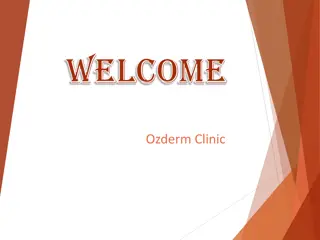

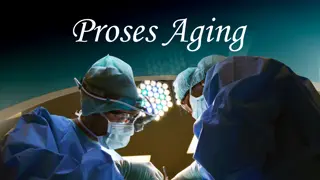
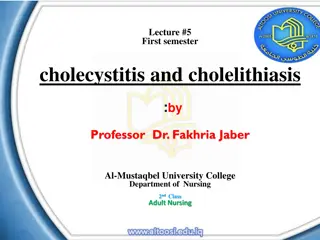


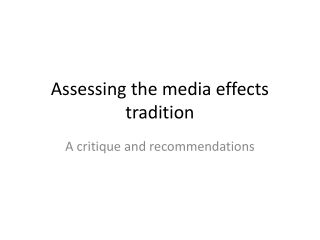
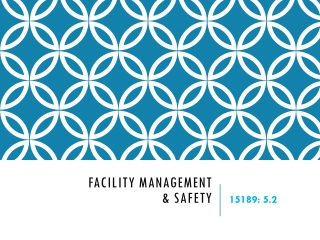
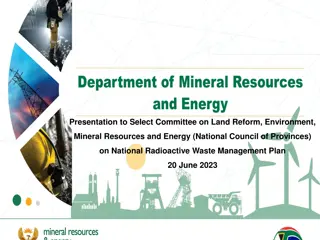

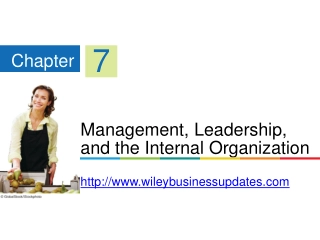

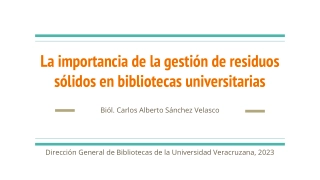


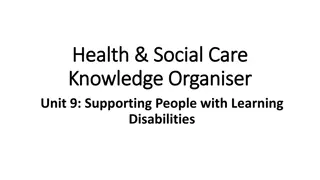
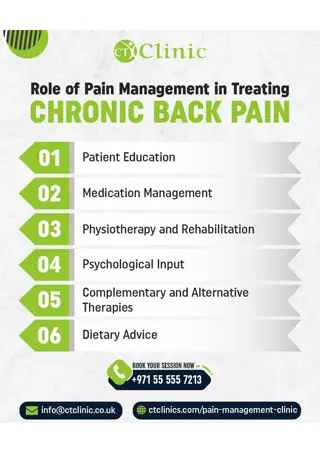
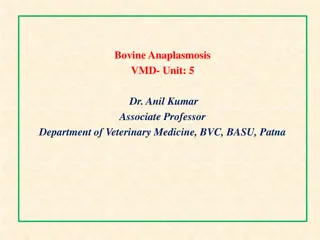







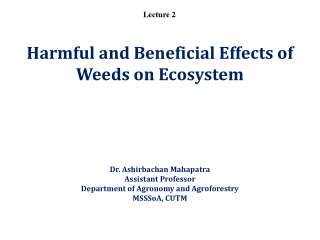

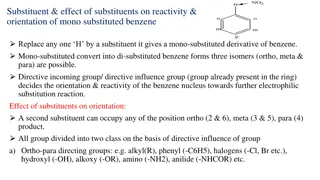
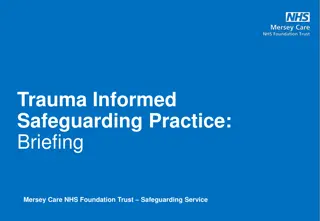


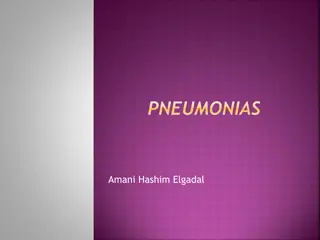

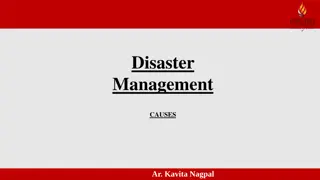
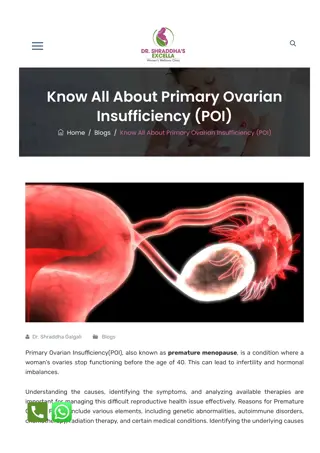

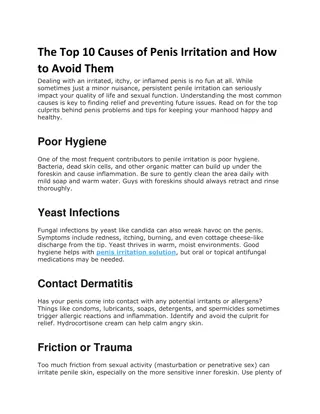
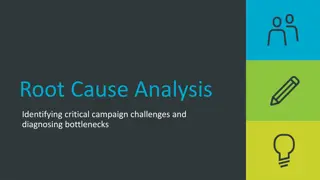

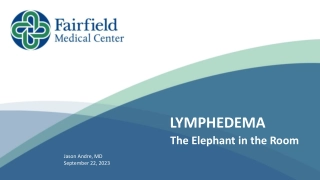
![Skincare Market Growth & Key Industry Developments [2030]](/thumb/26741/skincare-market-growth-key-industry-developments-2030.jpg)

